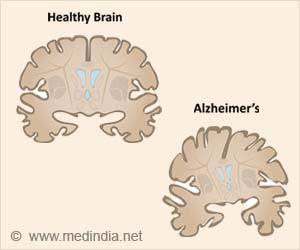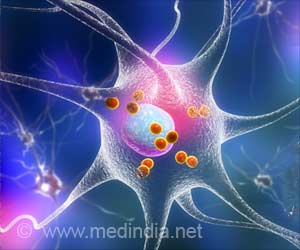Researchers have now unraveled the potential of stem cells in the repair and treatment of damaged cartilage. It is now possible to harvest stem cells from muscle tissue of injured rats and genetically engineer the same to induce expression of a therapeutic protein (bone morphogenetic protein 4, BMP-4, capable of repairing damaged cartilage. It is possible that such a repair mechanism can be instituted in humans as well.
There is currently no proper available technique for effective tissue repair following injury to the articular cartilage in humans. Dr. Huard and colleagues, involved in the present study have expressed that the above technique could revolutionize treatment through enhanced articular cartilage healing. The results of this promising study can be found in the latest issue of Arthritis and Rheumatism.The researchers extracted stem cells from the muscle. The harvested cells were transduced with the help of a retroviral vector, to enable expression of the BMP-4 protein, known to promote chondrogenesis.
Simultaneously, the knee cartilage of 12-week rats were injured and treated with genetically altered stem cells in fibrin glue. In order to observe any therapeutic effect, the rats were treated with either unmodified stem cells in fibrin glue or the glue itself. These rats represented the control group.
Following 8 weeks of treatment, the experimental group rats were found to have a well-repaired tissue as revealed by a glossy white appearance. In rats that formed the control group, the repair was however inadequate, as revealed by a patchy and moderate integration with the adjacent normal cartilage.
This difference in tissue appearance was further enhanced at the end of 12 and 24 weeks. The use of stem cells was found to result in smooth and uniform tissue repair, without ossification. Signs of osteoarthritic changes and a clear-cut demarcation between the healthy and the injured tissue were evident in the control group.
The use of a binding agent (in this case, fibrin) is an important parameter that determined the success of the experiment. It allowed the migration of cells even into small breaks and accelerated the integration of the new tissue.
Advertisement





